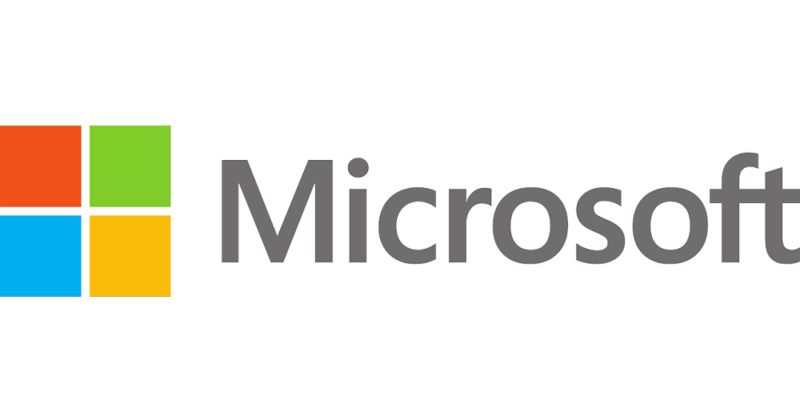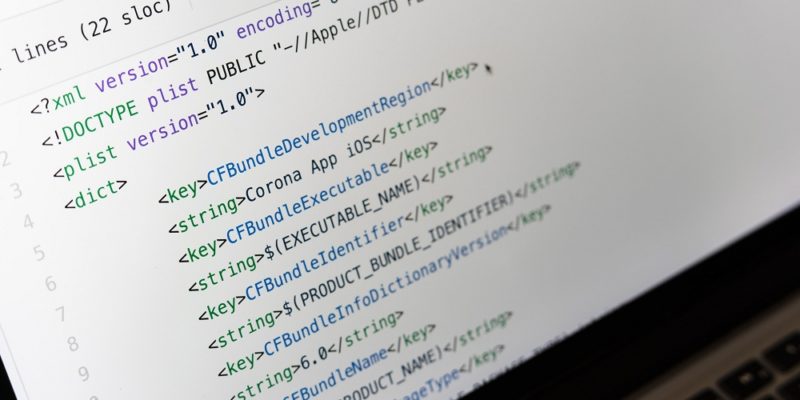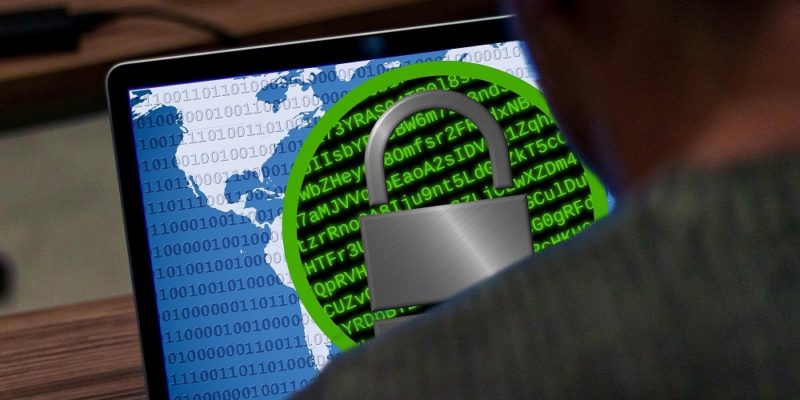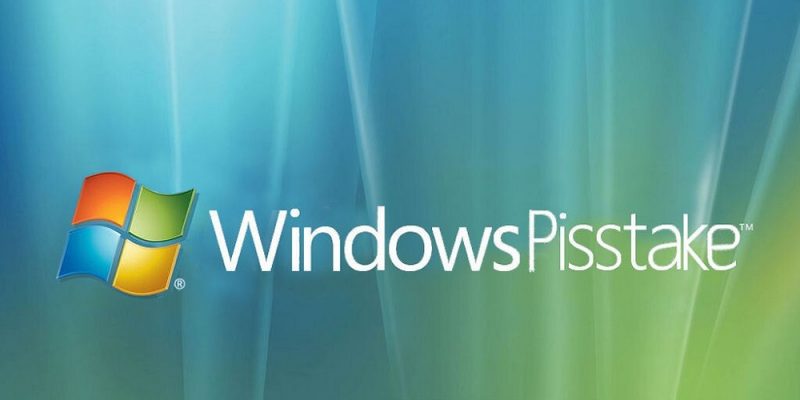 Enterprise Windows Threats Drop as Mac Attacks Rise: Report
Enterprise Windows Threats Drop as Mac Attacks Rise: Report
Just as the COVID-19 pandemic changed the way we live and work, malware operators changed the way they attack enterprise targets. Last year businesses saw Windows malware detections drop and Mac detections rise as criminals tossed old tactics and focused on targeted attacks. In the “2020 State of Malware” report, Malwarebytes researchers explore how attack…










